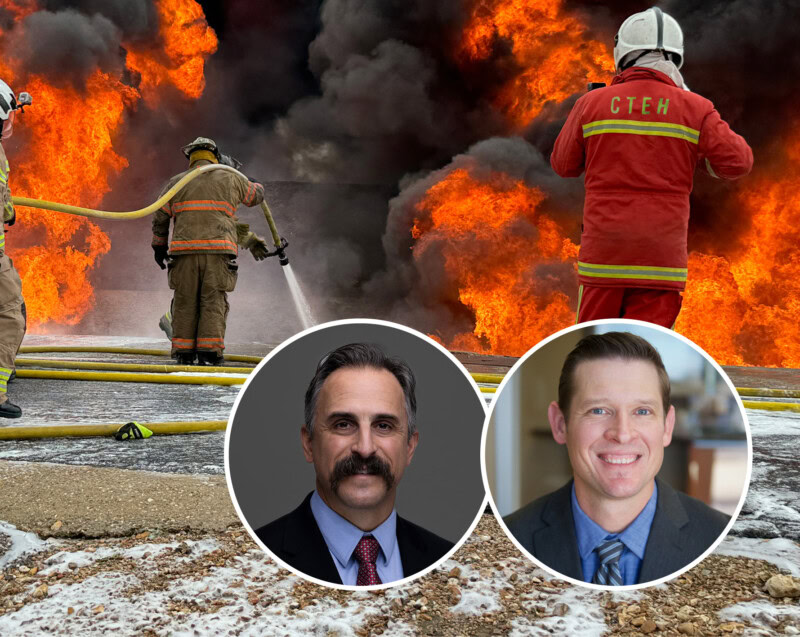When it comes to disaster response, there is almost always a need for speed.
Dangerous chemical releases or spills require rapid impact and safety assessments, and that’s why technology plays a critical role in managing these emergency situations. CTEH® Director of Technology Brady Davis is charged with making sure that CTEH® is a technological leader in the field.
When he speaks, Davis rattles off tech terms that have now become a part of almost everyone’s vocabulary – GPS, apps, dashboards, connectivity – and he clearly explains how CTEH®’s technology helps in disaster response situations.
“The key focus of our department is the response program, particularly, the rapid data assessment tools,” says Davis. “What we’ve done and continue to do is develop ways to effectively use mobile devices to collect data in real-time, produce reports in real-time and get the reports into the hands of incident responders and decision-makers.”
In short, when a spill or other accident with environmental impact occurs, CTEH® sends teams equipped with monitors and hand-held devices to collect data in the field about potentially dangerous substances in the surrounding air, water or soil. These team members can use their communications equipment to quickly process data from their monitoring tools, produce reports and submit them to an online “dashboard” accessible by the incident command members and other leaders. This ultimately allows the state and federal agencies involved (such as the Environmental Protection Agency, or EPA) to make the best decisions possible to help protect the public, the environment and the responders in the field.
Davis says, CTEH® “works to provide quality data to appropriate parties as quickly as possible,” and that the system stores environmental data in the format that the EPA uses, making the transfer of information to decision makers as efficient as possible.
“Another one of our key advantages is that the data is collected by environmental scientists – experts who understand the complexities of each situation, like the impacts of other environmental factors,” says Davis. “This is not a robotic approach, but it is still high-speed. The system is designed to ensure the accuracy of data and that the data is delivered in a timely way.
“We have a structured quality control process. The data comes in, and the experts review it and look over all parameters. We want to make sure the decision makers have accurate, complete data, so we have a system of checks and balances.”
Davis points out that the process of technology improvement and the development of new software and tools never ends. They have previously overcome difficult problems, such as lack of connectivity in remote areas, and they continue to look for new ways to meet challenges. In fact, he says his team is currently working on a new framework that will allow for better data visualizations on larger screens, such as the iPad.




